
Squatting is the action of occupying an abandoned or unoccupied area of land or a building, usually residential, that the squatter does not own, rent or otherwise have lawful permission to use. The United Nations estimated in 2003 that there were one billion slum residents and squatters globally. Squatting occurs worldwide and tends to occur when people find empty buildings or land to occupy for housing. A variation is Street Squatting which is the action of occupying public areas without lawful permission, such as outdoor parks or streets. It has a long history, broken down by country below.

A shanty town, squatter area or squatter settlement is a settlement of improvised buildings known as shanties or shacks, typically made of materials such as mud and wood. A typical shanty town is squatted and in the beginning lacks adequate infrastructure, including proper sanitation, safe water supply, electricity and street drainage. Over time, shanty towns can develop their infrastructure and even change into middle class neighbourhoods. They can be small informal settlements or they can house millions of people.
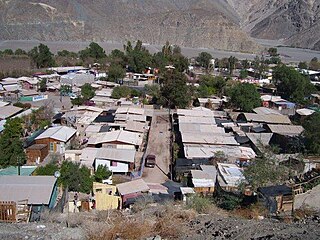
In Chile, the terms campamento and población callampa are used to refer to shanty towns that emerged rapidly between the 1960s and 1980s. Today, campamento has replaced the term mushroom town.
The massacre of Puerto Montt occurred on March 9, 1969, in Llanquihue, Chile. It took place under the Christian Democrat government of Eduardo Frei Montalva. During the massacre, ten inhabitants of the province died at the hands of Chilean police officers and another seventy people were wounded to varying degrees. The political responsibilities for what happened have long been the subject of controversy in Chile, with much of the blame being placed on then Minister of the Interior Edmundo Pérez Zujovic, who would be assassinated in revenge two years later by a far-left urban guerrilla organization.
Squatting in Slovenia is the occupation of derelict buildings or unused land without the permission of the owner. Housing was illegally built from the 1960s onwards and informal settlements have been set up by Romani people or poor immigrants. In the capital Ljubljana, there is the autonomous zone of Metelkova and the Rog self-managed social centre was evicted in early 2021.

Squatting in Serbia refers to the unauthorised occupation of land or buildings. Following World War I, shanty towns emerged in the mostly demolished capital Belgrade, the most notable example being Jatagan Mala. The population of Belgrade rose from 593,000 in 1953 to 1,470,000 in 1981. Between 1961 and 1971, 52% of all private construction of houses in Belgrade was illegal. The percentage was also high in other cities such as Novi Sad and Smederevo. The reasons for squatting and illegal construction were the lack of affordable housing, bad governance and the bureaucracy involved in legalising land clams. Also the punishments were light.
Squatting in Uruguay is the occupation of unused or derelict buildings or land without the permission of the owner. In the nineteenth century, pueblos de ratas developed when gauchos were forced to settle by the rural enclosures for cattle farming. In the early twentieth century, European migrant workers lived in conventillos.

Squatting in South Korea is the occupation of land or buildings without the permission of the relevant authorities. From the 1950s onwards, shanty towns called P'anjach'on formed around cities, in particular the capital Seoul. As well as providing housing, squatting is used as a tactic by groups opposing gentrification and striking workers.

Squatting in Peru is the occupation of unused or derelict buildings or land without the permission of the owner. From the 1940s onwards, land invasions created shanty towns which were first called barriadas and later pueblos jóvenes. They were initially repressed, then the government decided upon toleration and by 1998 it was estimated 2.5 million inhabitants were living in this way in the capital Lima. There are also slum tenements in the centre known as solares or tugurios, and a "Wall of Shame" has been built to separate rich and poor areas of the city. During the COVID-19 pandemic, an increase in the occupation of UNESCO World Heritage Sites such as Caral and the Nazca Lines was reported.

Squatting in Namibia is the occupation of unused land or derelict buildings without the permission of the owner. European settlers arrived in the nineteenth century and acquired land, leaving only 38 per cent of land in indigenous hands by 1902. This led to squatting and the Herero Wars, which ended with the Herero and Namaqua genocide. After Namibian independence in 1990, squatting increased as people migrated to the cities and land reform became a goal for those who had participated in the liberation struggle. By 2020, 401,748 people were living in 113 informal settlements across the country. Squatting continues to be regulated by the Squatters Proclamation of 1985; a challenge to this law was dismissed by the High Court in 2023.

Squatting in Ghana is the occupation of unused land or derelict buildings without the permission of the owner. Informal settlements are found in cities such as Kumasi and the capital Accra. Ashaiman, now a town of 100,000 people, was swelled by squatters. In central Accra, next to Agbogbloshie, the Old Fadama settlement houses an estimated 80,000 people and is subject to a controversial discussion about eviction. The residents have been supported by Amnesty International, the Centre on Housing Rights and Evictions and Shack Dwellers International.

Squatting in the Republic of Vanuatu is the occupation of unused land or derelict buildings without the permission of the owner. After independence in 1980, informal settlements developed in cities such as Luganville and the capital Port Vila. Land in Vanuatu is either custom land owned by indigenous peoples or public land owned by the republic.

Squatting in Albania began on a large scale in the 1990s after the fall of communism, with internal migration towards formerly collectivised farmland establishing informal settlements. One such area, Bathore on the periphery of the capital Tirana, had 40,000 squatters by the early 2000s who successfully campaigned for better amenities. Other squatters occupied severely polluted post-industrial sites. The Agency of Legalization, Upgrading, and Integration of Informal Zones and Buildings (ALUIZNI) had legalized 16,500 homes on 152 settlements by 2009. As of 2020, 25 per cent of the population of Albania's cities lived in informal settlements.
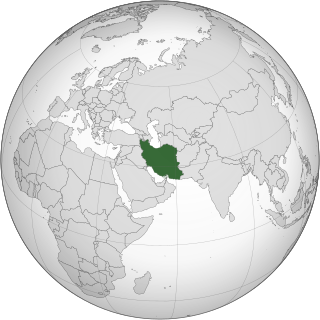
Squatting in Iran mostly occurs around the major cities, as rural migrants move to urban centres. From the 1950s onwards shanty towns have been set up and inhabitants are known as "koukhnishinan". Following the Iranian Revolution of 1979, squatter settlements increased, with the state sometimes evicting and sometimes legalizing the areas.

Squatting in Venezuela is the occupation of derelict buildings or unused land without the permission of the owner. Informal settlements, known first as "ranchos" and then "barrios", are common. In the capital Caracas notable squats have included the 23 de Enero housing estate, Centro Financiero Confinanzas and El Helicoide, a former shopping centre which is now a notorious prison.

Urban areas in the Philippines such as Metro Manila, Metro Cebu, and Metro Davao have large informal settlements. The Philippine Statistics Authority defines a squatter, or alternatively "informal dwellers", as "One who settles on the land of another without title or right or without the owner's consent whether in urban or rural areas". Squatting is criminalized by the Urban Development and Housing Act of 1992, also known as the Lina Law. There have been various attempts to regularize squatter settlements, such as the Zonal Improvement Program and the Community Mortgage Program. In 2018, the Philippine Statistics Authority estimated that out of the country's population of about 106 million, 4.5 million were homeless.
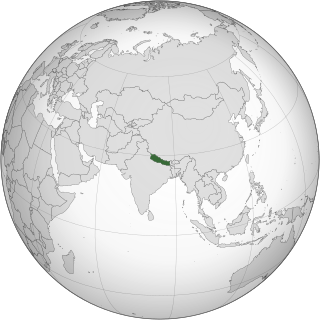
Squatting in Nepal occurs when people live on land or in buildings without the valid land ownership certificate. The number of squatters has increased rapidly since the 1980s, as a result of factors such as internal migration to Kathmandu and civil war. In March 2021, the chairperson of the Commission on Landless Squatters stated that all landless squatters would receive ownership certificates within the following eighteen months.
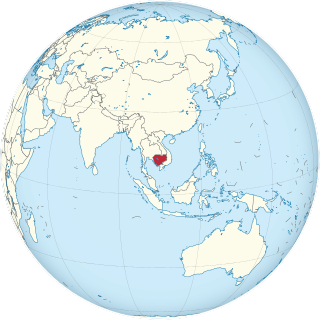
Squatting in Cambodia is the occupation of derelict buildings or unused land without the permission of the owner. Following the Khmer Rouge and the Pol Pot regime, the new democratic government introduced land reform. In the capital Phnom Penh, where in 2003 an estimated 25 per cent of the population was squatting, there are informal settlements and occupied buildings.
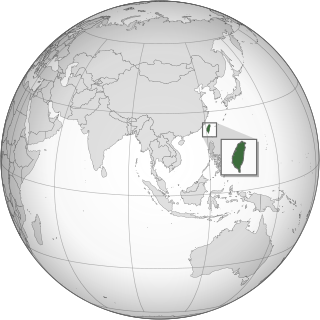
Squatting in Taiwan is the occupation of unused land or derelict buildings without the permission of the owner. Squatting was fuelled by migrants from China from the 1950s onwards and in addition cities such as the capital Taipei were swelled by internal migrants from the countryside. In order to create Daan Forest Park, 12,000 squatters were evicted. The informal settlement at Treasure Hill has been recognized as cultural heritage.

Squatting in Mexico has occurred on the periphery of Mexico City from the 19th century onwards. As of 2017, an estimated 25 per cent of Mexico's urban population lived in informal settlements. In Mexico City, there are self-managed social centres. The CORETT program aims to help squatters to register their land plots



















